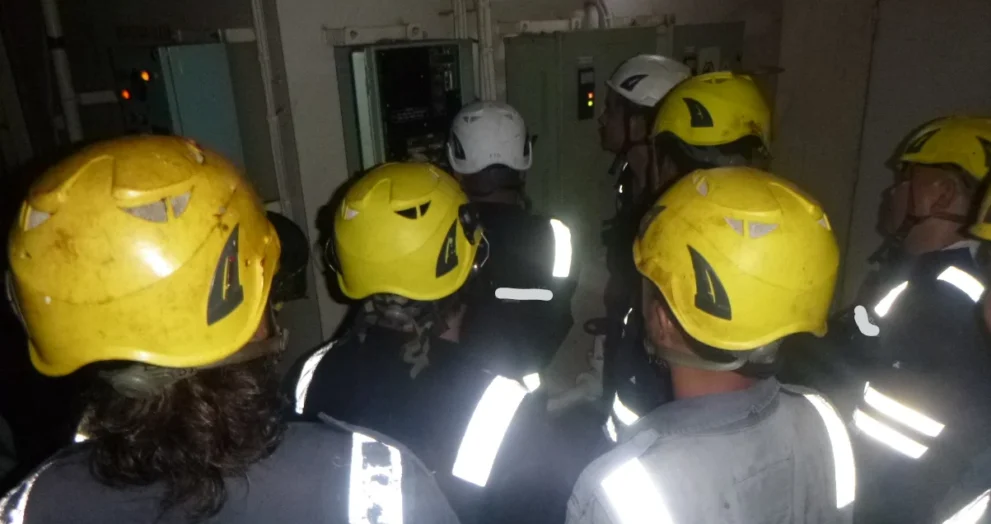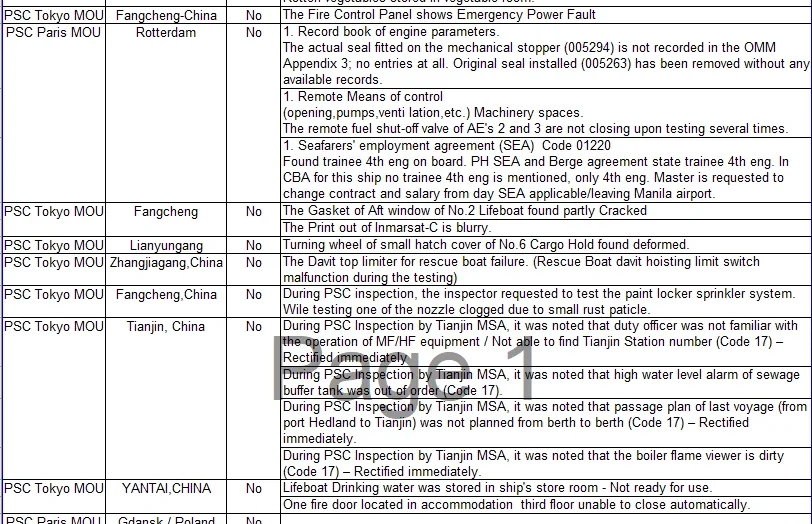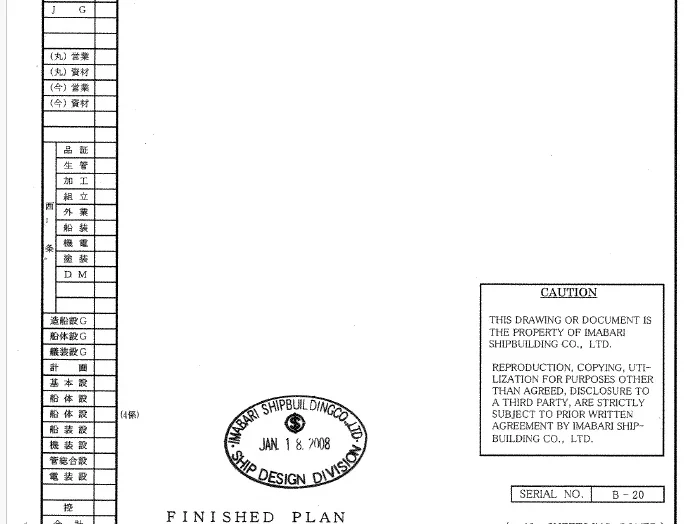-
Capt. Dharmesh Shah / 1 month
- 0
- 9 min read
A complete seafarer’s guide to Port State Control (PSC) inspections. Learn what PSC is, why it matters, what inspectors check, common deficiencies, rank-wise preparation tips, toolbox meetings, risk assessments, and how to avoid detention. Introduction The words “Port State Control boarding today” can make even the most experienced crew tighten up. Suddenly, every logbook is […]
Disclaimer: The views and opinions expressed in this blog are solely those of the author(s) and do not necessarily reflect the official stance of NavInsider, its founders, or its editorial team. All content is intended for informational and educational purposes only and should not be taken as professional advice. While efforts are made to ensure accuracy, NavInsider and its affiliates—including founders, writers, and contributors—assume no responsibility for any errors, omissions, or outcomes resulting from the use of this information. Any reliance on the content is strictly at your own risk. Data, visuals, and external references, if used, are sourced from public platforms and may not be independently verified. NavInsider and its team are not liable for any claims, damages, or losses arising from the use of this content in any form. By accessing this blog, you agree to this disclaimer.




